
Saga's Automated Assistant
What product would you like to discuss today?
Saga's Automated Assistant
Do you currently have a policy with us?
How does your policy number appear on your documents?
Driving through floods can be very dangerous. If possible, avoid driving in these conditions. However, sometimes you might need to, or you might get caught in a flood unexpectedly. It's important to know how to stay safe.
This guide will help you learn how to drive safely through flood water, prepare your car for such conditions, and understand the risks involved.
If you see standing flood water, it's best to avoid driving through it. But if you have to, here are some tips to stay safe:
If the water is flowing, it's best to avoid it altogether. Even shallow moving water can sweep your car away. The AA advises avoiding any moving water that's 10cm or deeper.
After driving through flood water, the first thing you should do is test your brakes. This helps remove moisture and ensures they work properly so you can drive safely.
It's also a good idea to have a mechanic check your car, including the brakes. Water can cause hidden damage that might get worse over time. A mechanic can spot and fix any issues early.
If you have comprehensive car insurance, it might cover damage caused by flood water.
If you need to drive but the weather forecast says heavy rain and possible floods, think about whether your trip is really necessary. If you can wait until the weather improves, it's best to do so.
If you must drive, here are some things to check before you go:
Driving through floods can be very risky for both your car and your health. Here are some of the dangers:
This happens when water gets between your tyres and the road, making you more likely to lose control of your car and possibly cause a crash.
Water can get into the brake system, contaminating the brake fluid and damaging parts. This can make your brakes less effective or even stop them from working.
Floodwater that gets into your car is often dirty and contaminated, possibly with drain water or pesticides, especially in rural areas. This can lead to various health problems.
If water enters areas meant for air, fuel, or oil, it can damage the engine. Signs of engine damage include cranking sounds when starting the car, the smell of petrol, or the car not starting at all.
Water can harm your car's electrical system, leading to corrosion and short circuits in the wiring, sensors, and battery. This can cause problems like dashboard warning lights, unresponsive electronics and faulty headlights.
If you drive through floodwater and it causes lots of damage, your car may be written off if it’s beyond repair.
If your car gets damaged by driving through flood water, you might be covered, depending on your insurance policy. Many comprehensive car insurance policies do cover flood damage, but insurers will check if you took steps to protect your car. They will decide if the damage was avoidable or not. If you drove through flood water that was already there and caused damage, you might not be covered.
Flood damage is usually not covered by Third-Party or Third-Party, Fire and Theft policies.
As a Saga Plus customer, your no claims discount won't be affected if you claim for flood damage.
Driving through deep water can cause your exhaust to flood, which can lead to the car’s engine breaking down. Additionally, water can get sucked into the engine itself, which can cause compression issues, rusting and hydrolocking.
Your car won't start if it's hydrolocked. This happens when water or other fluids like coolant or oil get into the engine cylinders. When this happens, the pistons can't move, so the engine seizes up and the car won't start.
Saga Car Insurance is arranged and administered by Ageas Retail Limited and underwritten by Ageas Insurance Limited.
Whether you're looking for straightforward insurance or cover that's packed with extras, our car insurance has plenty of options for people over 50.


Choose our highest car cover level Saga Plus and freeze the price of your car insurance for 2 years if nothing changes. T&Cs apply.
There's plenty to explore and learn about our car insurance cover.
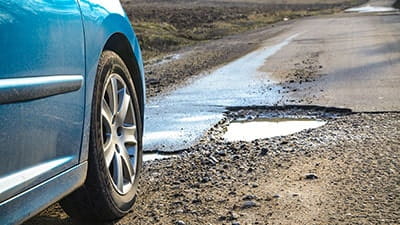
Don’t let potholes leave you out of pocket. How to avoid holes in the road or make a claim if you hit one.
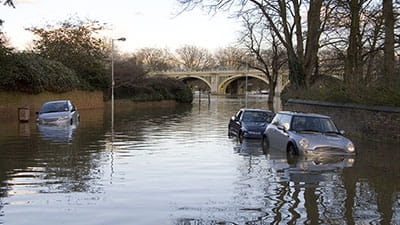
A flood-damaged car could be expensive to repair or declared a write-off. Find out whether your insurer will cover the cost.
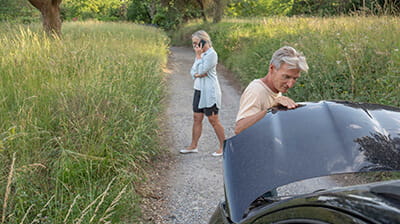
Flexible policies for over 50s, for breakdown cover you can rely on.

Learn everything you need to know about cancelling car insurance, from the steps to take to potential refunds.

Understand the difficulties people with dementia face, including deciding when they should stop driving.

Being hit by an uninsured driver can be incredibly stressful. Check out our guide to learn the steps you should take if you find yourself in this situation.

Get to know the ins and outs of our car insurance and how you can make the most of your cover
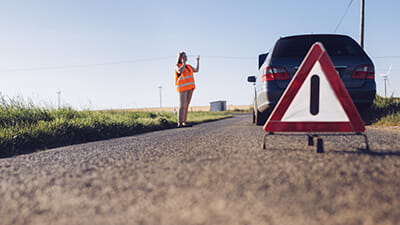
Looking for some extra peace of mind when driving on the continent? Look no further than European car breakdown cover.
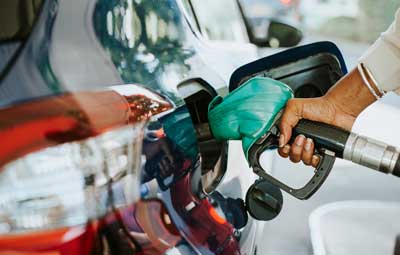
Putting the wrong type of fuel in your car an easy mistake to make. Here’s what to do if it happens to you…

Understand how to earn and keep a no claims discount and how it can positively impact your car insurance costs.

Life without a vehicle is almost unthinkable for many of us, but could a courtesy car ride to the rescue?